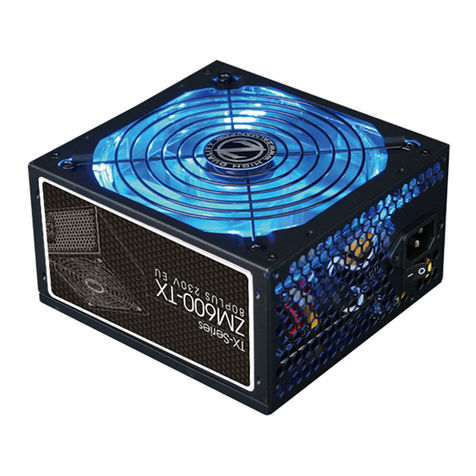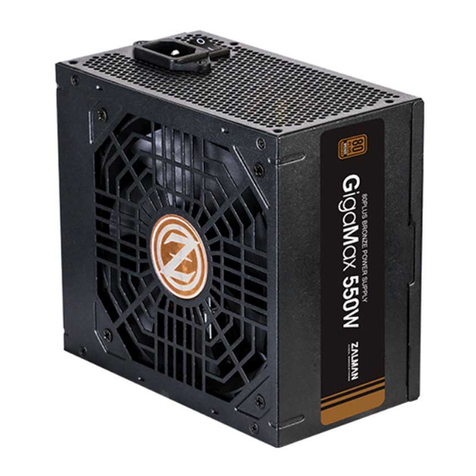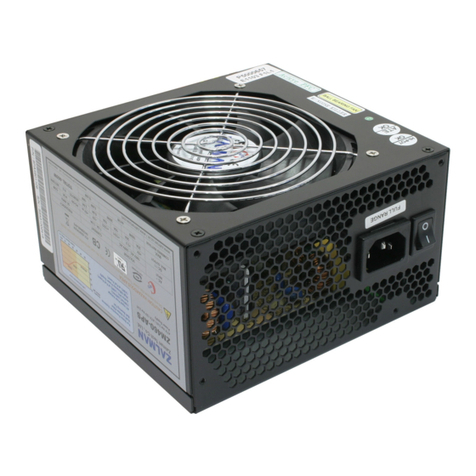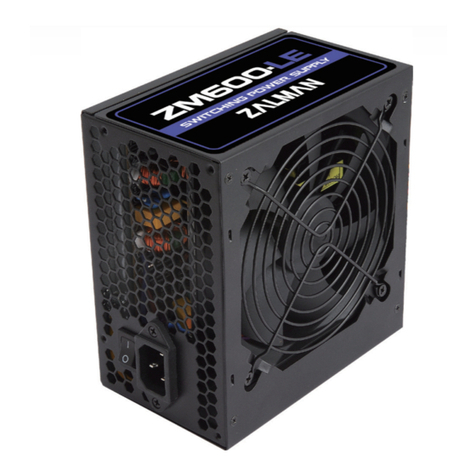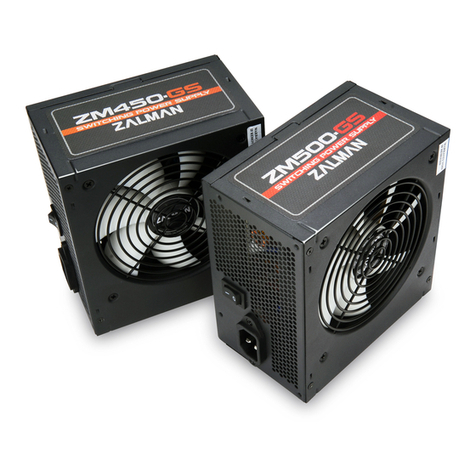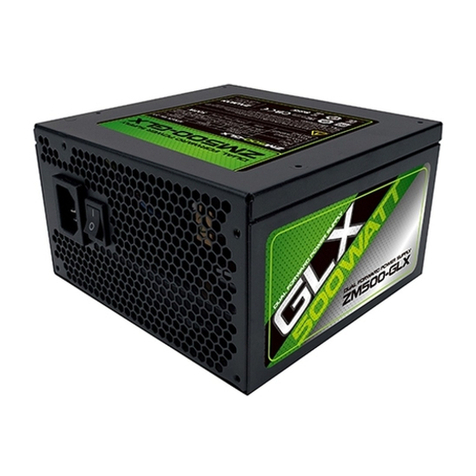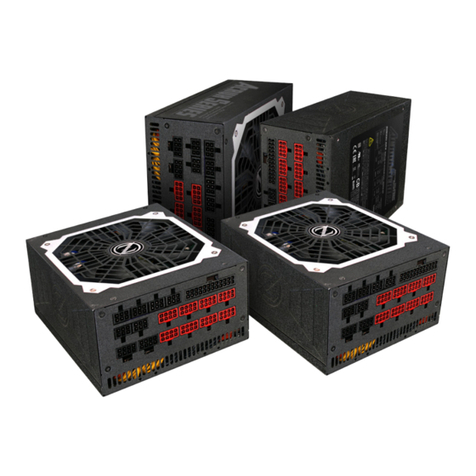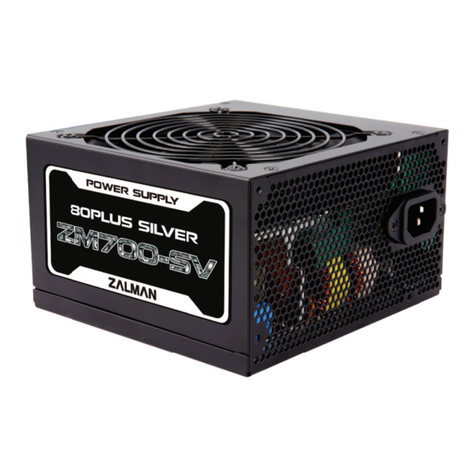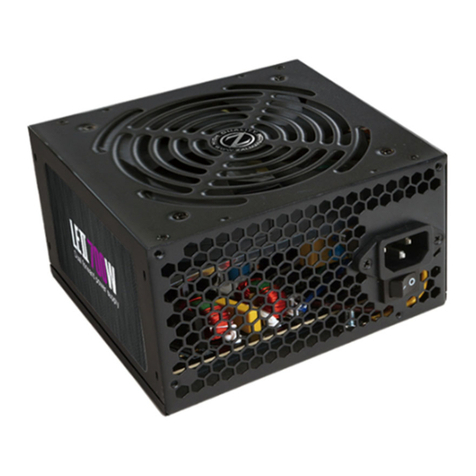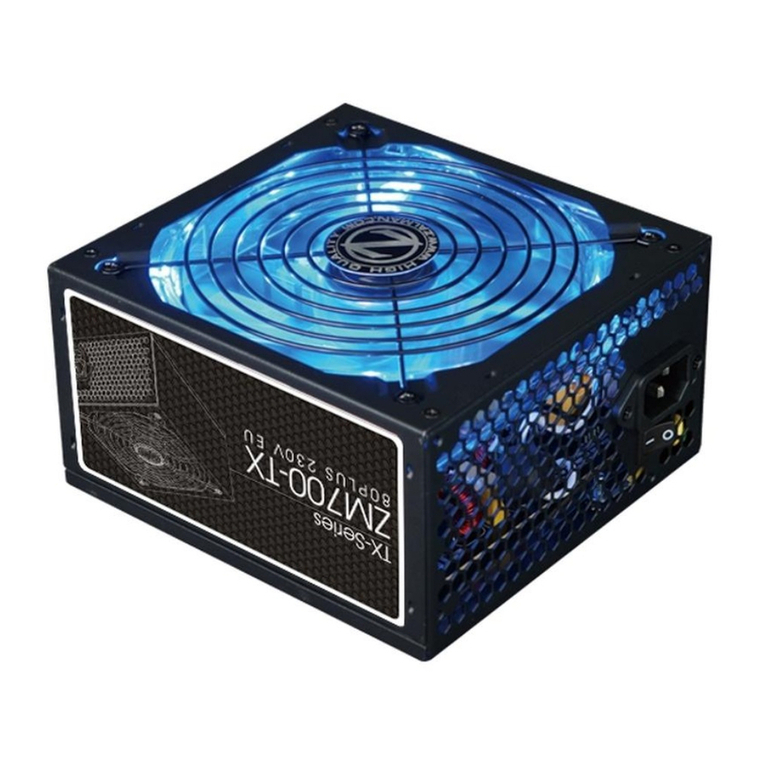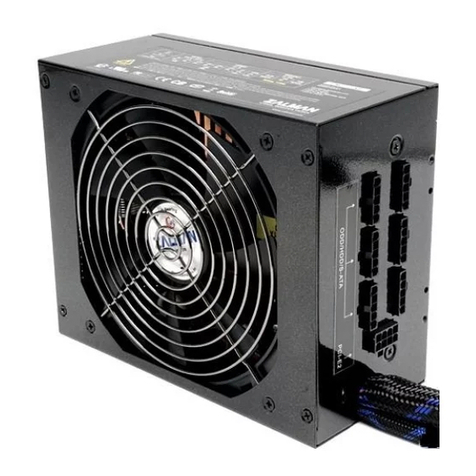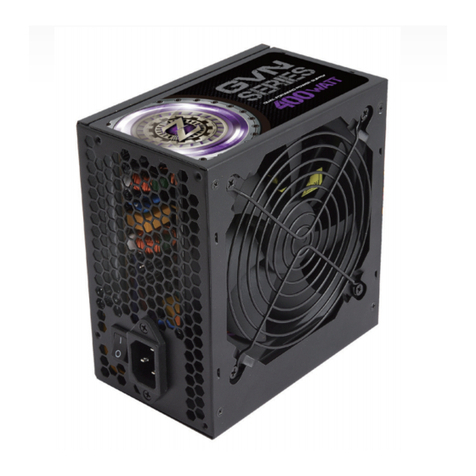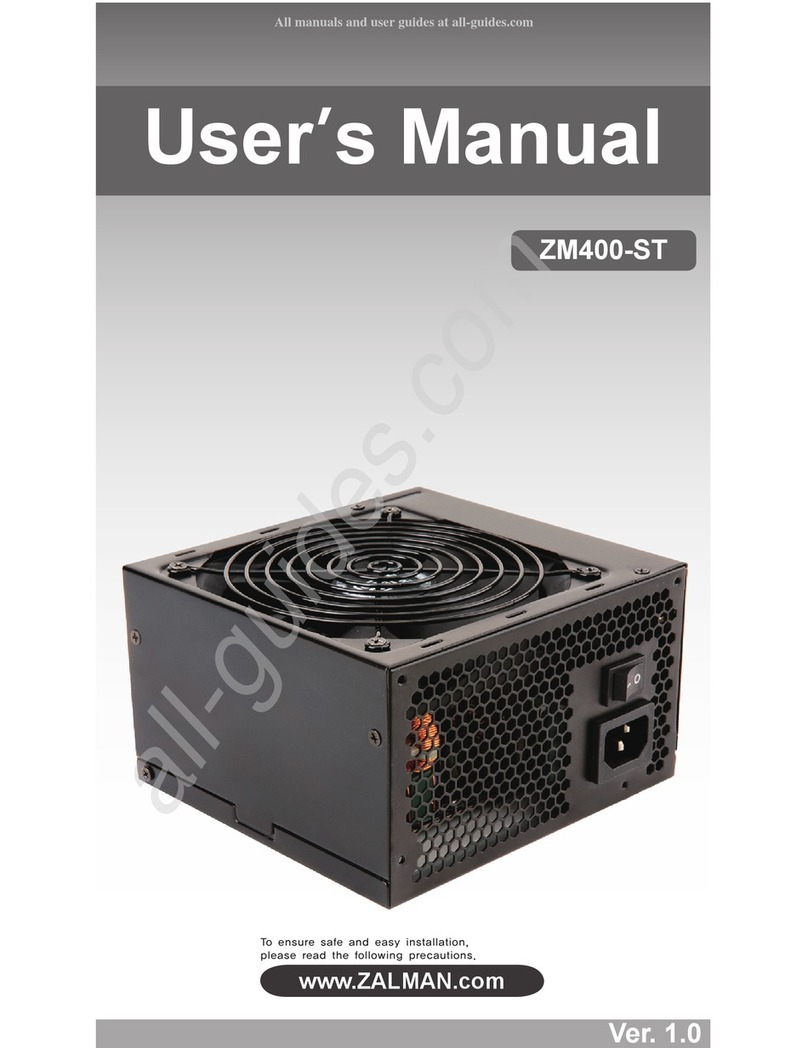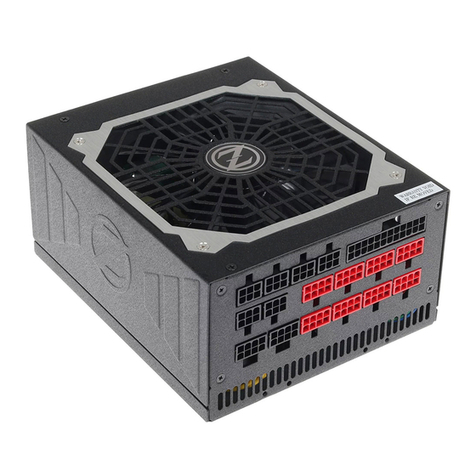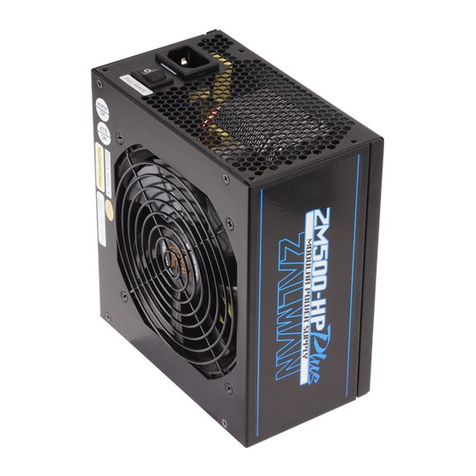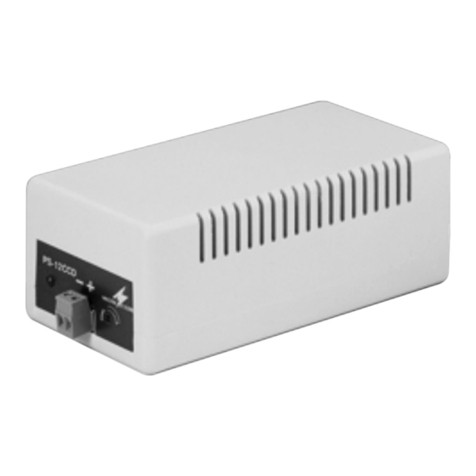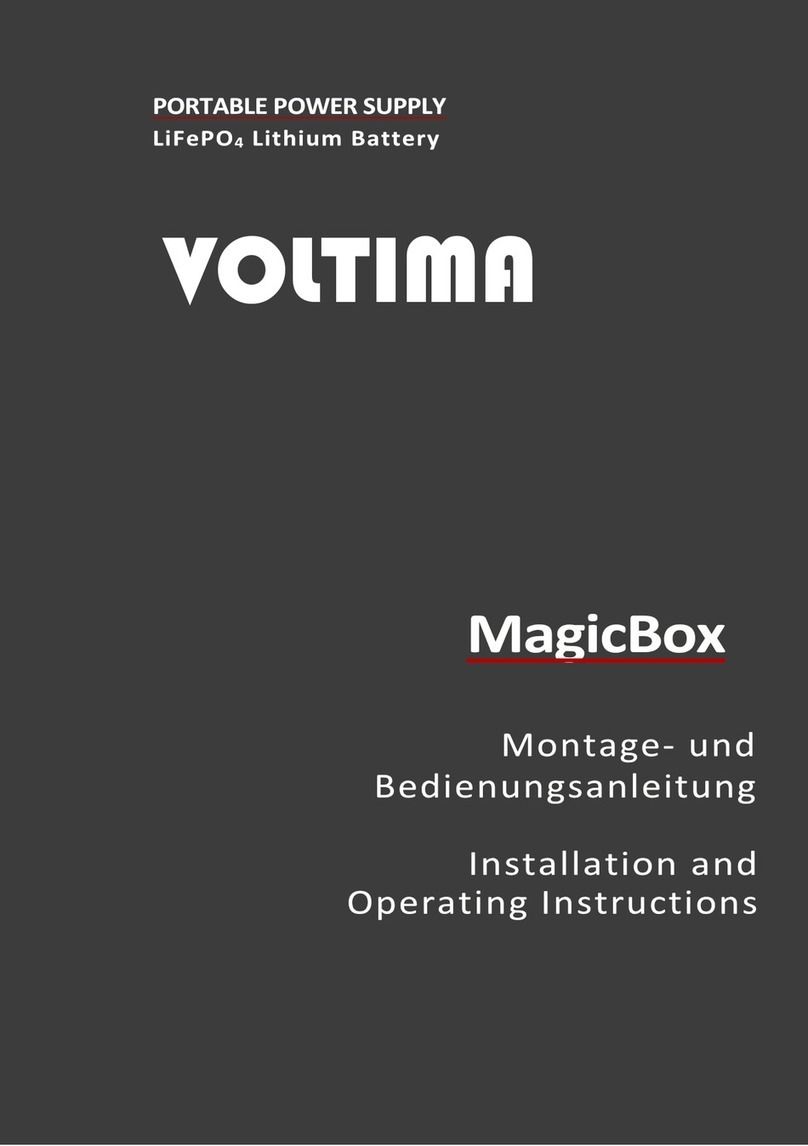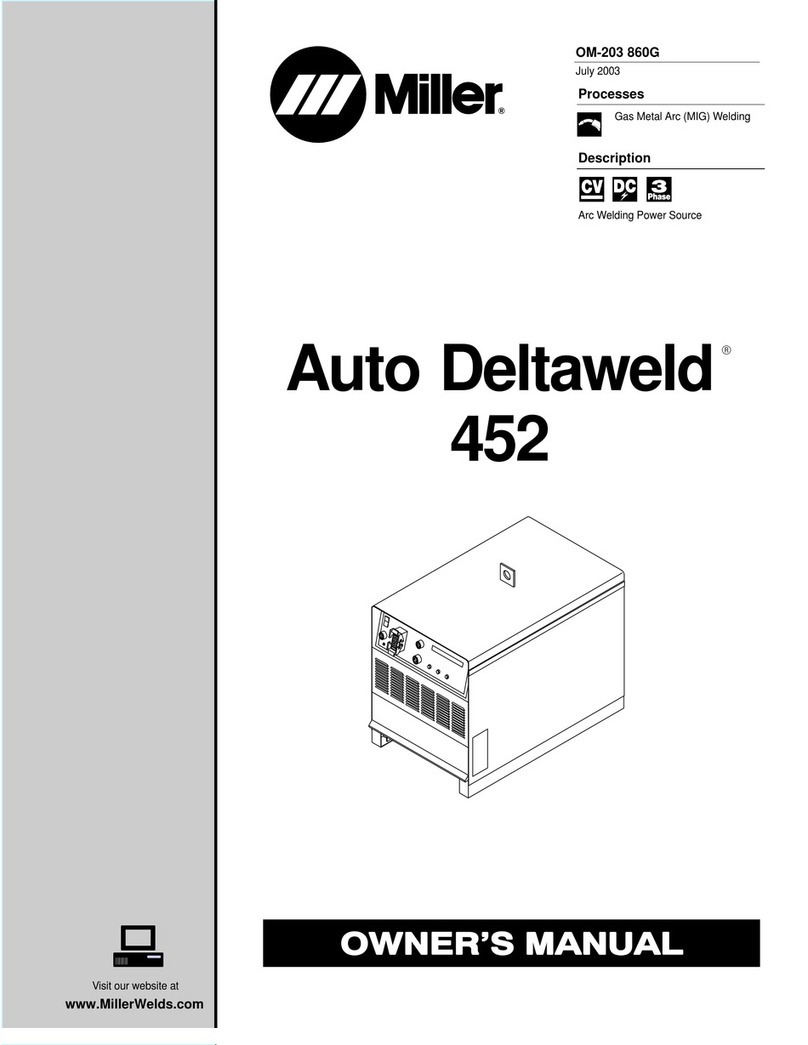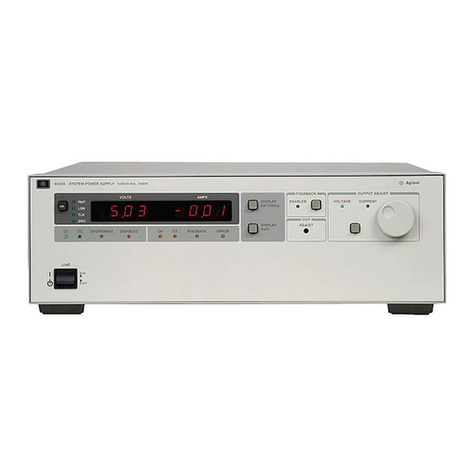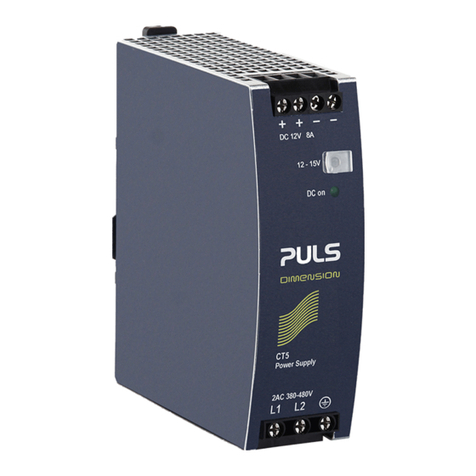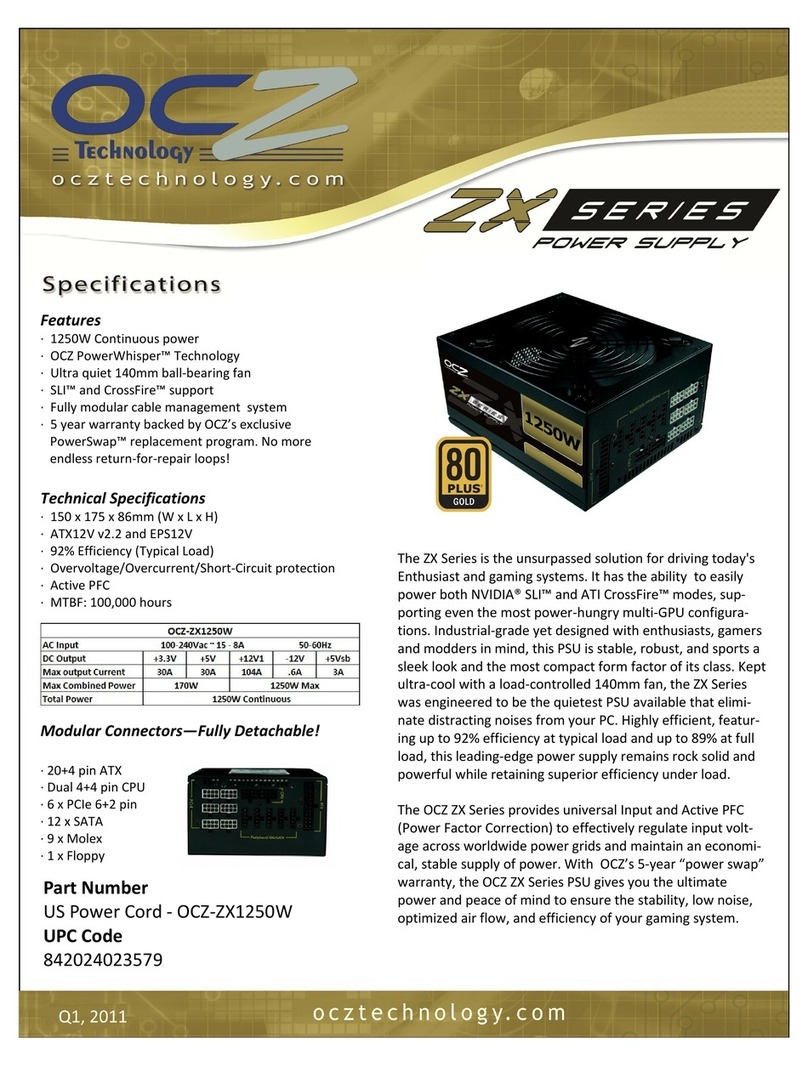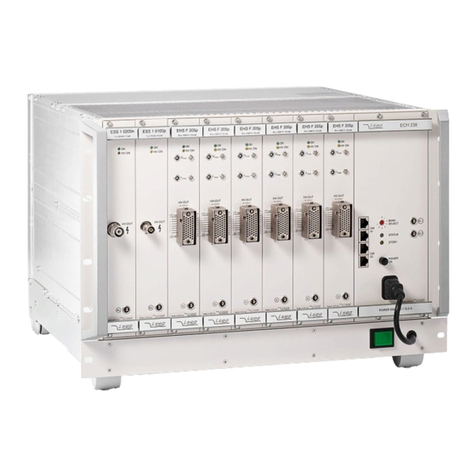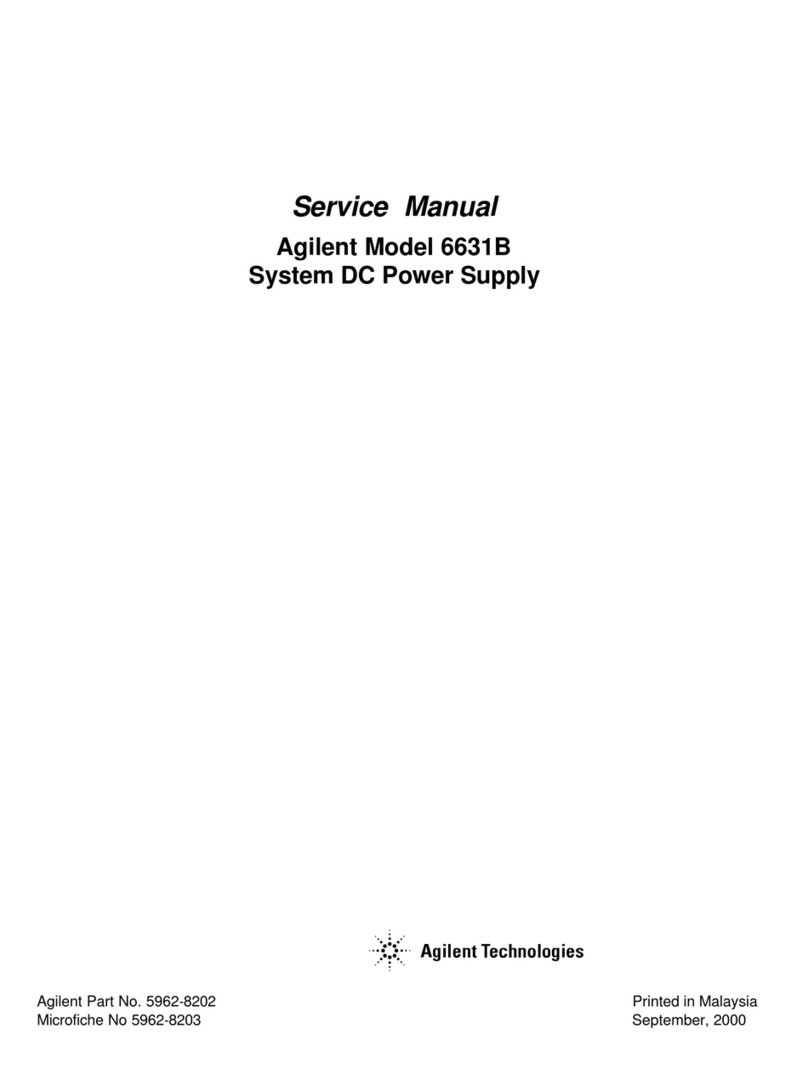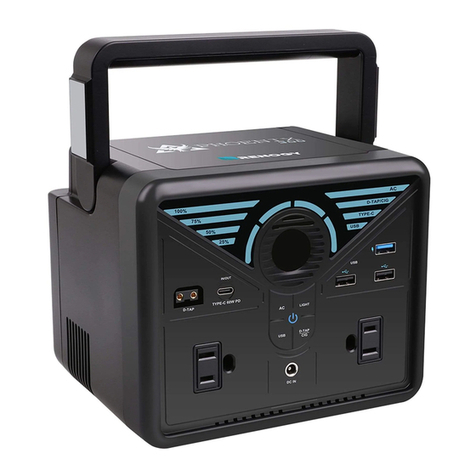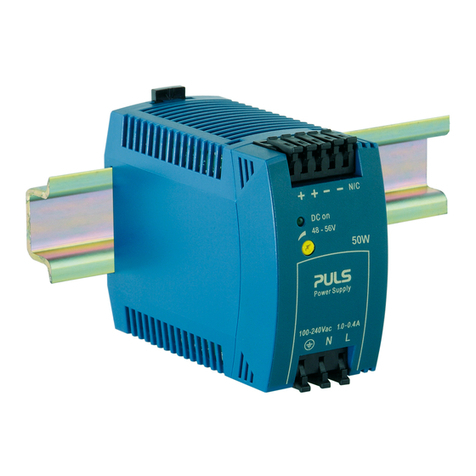In a conventional ower su ly with switching regulators, a rectifying circuit that converts an AC in ut source into a DC
source for the rimary circuit is used. In this rectifying circuit, a ca acitor with a large ca acitance is used to soften transient
res onse and reduce ri le so that the switching regulator is not over-stressed. However, the eak charge of the ca acitor
becomes greater with greater ca acitance, and this leads to non-linear bursts of eak over-current into the rimary circuit.
Such eaks of current distort out ut voltage, create harmonic frequencies, and reduce ower factor. There is now an
international standard for controlling harmonics (IEC100-3-2) and PFC is mandatory for home a liances consuming 70W
or more ower in EU nations as of January, 2001. This PFC circuit is largely classified into two ty es: active and assive.
▣
PFC (Power Factor Correction)
Explanation of Technical Terms
1) Active PFC
This uses a switching regulator technology called ’boost-u ’, using active elements such as IC, FET and diodes, to
create a PFC circuit. This circuit has a theoretical ower factor of over 95%, acce ts a full range (90VAC ~ 260VAC) of AC
in ut, and reduces total harmonics noticeably. However, it needs a com licated EMI filter and an in ut source circuit, and
is costly to build. Zalman Tech’s ATX /ATX12V ower su ly uses this ty e of PFC.
2) Passive PFC
This ty e of PFC uses assive elements such as a ferrite inductor on the in ut source to create a countering reactance.
While this can be easily a lied to the existing ower circuitry without much modification, the ower factor is low
(60 ~ 80%), the AC in ut must be chosen (115VAC / 230VAC), and the harmonics roduced from the difference between
the ca acitance and the inductance are hard to control. Therefore, there is a ossibility that significant electromagnetic
noise could result with an 115VAC in ut source.
▣
Comparing Active PFC and Passive PFC
DC out ut voltage regulation is mainly divided into AC line regulation (stability of DC out ut in relation to fluctuation in AC
in ut) and load regulation (stability of DC out ut in relation to fluctuation in load). The regulation is largely de endent on the
system design s ecifications, and in the case of an ATX/ATX12V ower su ly, it must be within 5% or 10% of the nominal
out ut voltage (i.e. +5V±5% +4.75V ~ +5.25V). Should a voltage outside this range be su lied to the system, the
system may malfunction.
▣
DC Output Voltage Regulation
A ri le is normally defined as the eak-to- eak voltage (or current) caused by an im erfect rectification of an AC source. In
the case of the ATX / ATX12V switching regulator, ri le factors from the low-frequency AC in ut source, the high-frequency
(tens to hundreds of KHz) switching, and im ulse noise contribute to the DC out ut ri le. This ri le and im ulse noise can
be reduced to below regulation limit by inductive canceling within the rectifier circuit, but if the out ut ri le exceeds the limits
and is carried into the system, the logic level of active elements becomes unstable and the system can malfunction.
Normally, the listed DC out ut ri le and noise (measured in voltage, in scales of mV - ) is solely of the switching regulator
and excludes that of the AC in ut.
▣
DC Output Ripple Voltage & Noise
*For more information on the product, please visit our website at www.zalman.co.kr.
- 6 -

